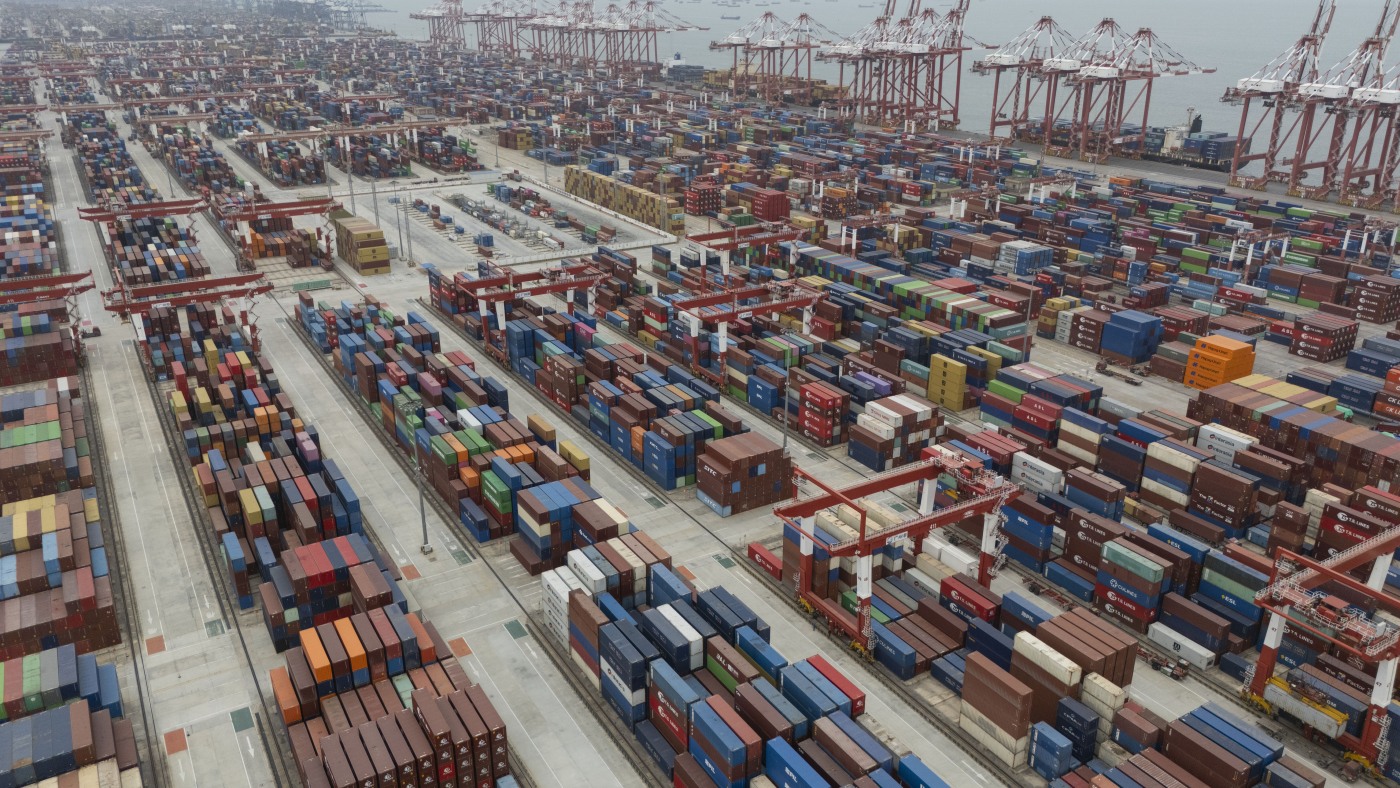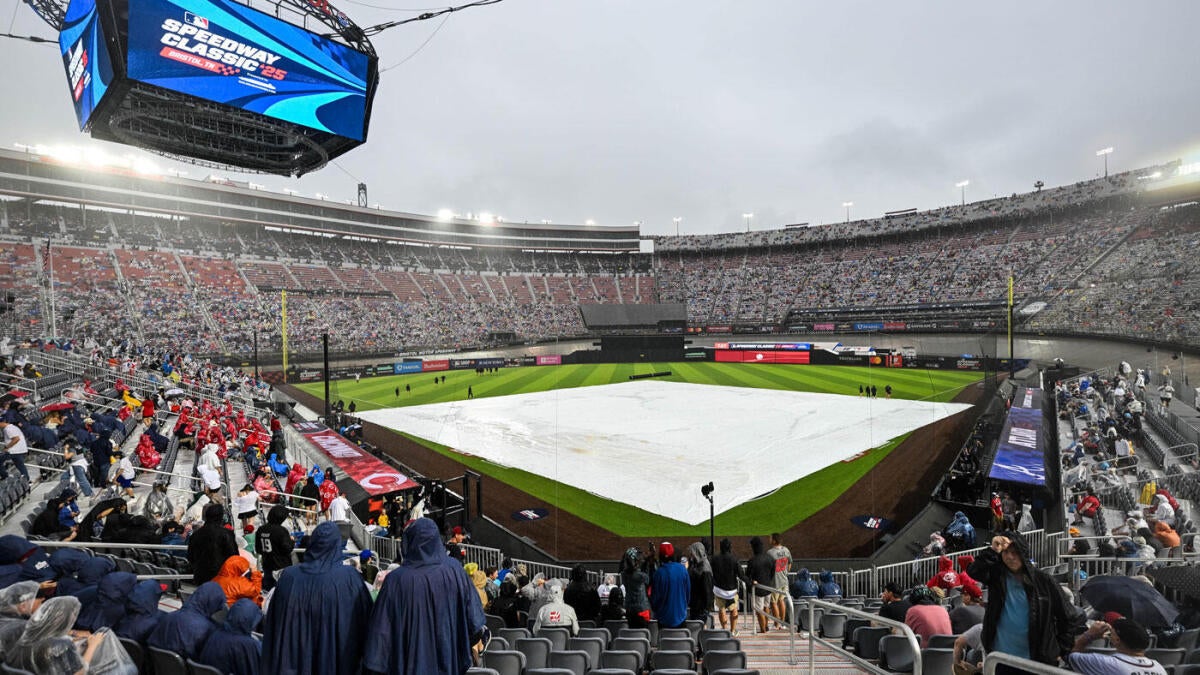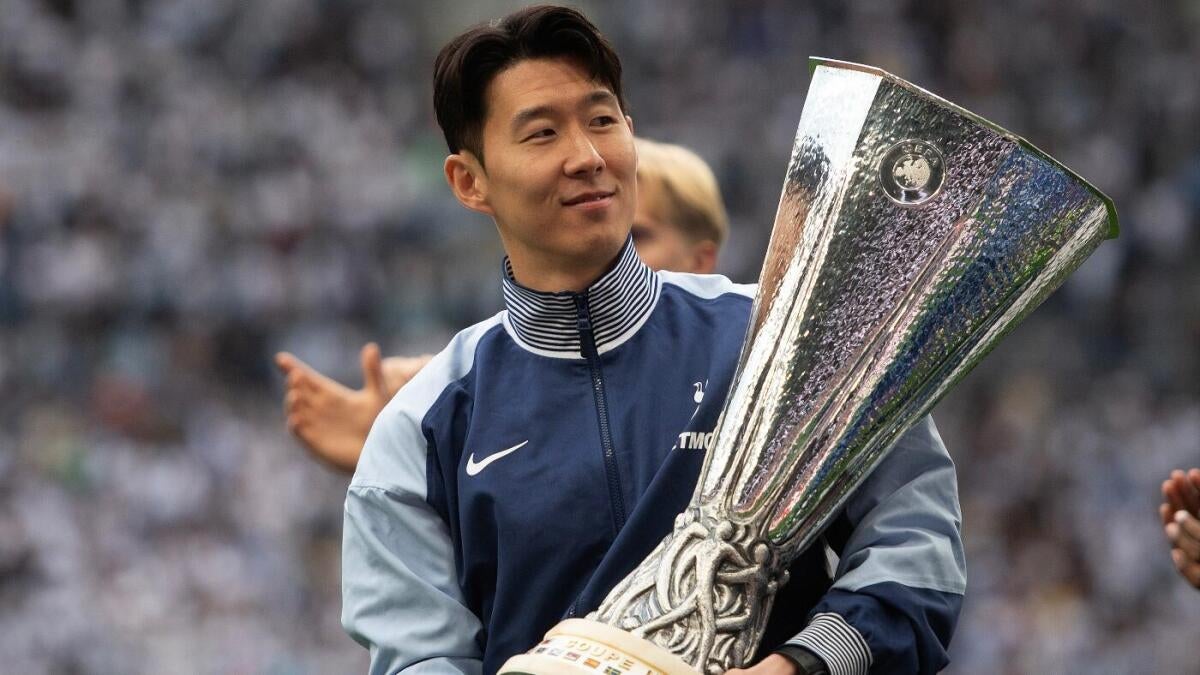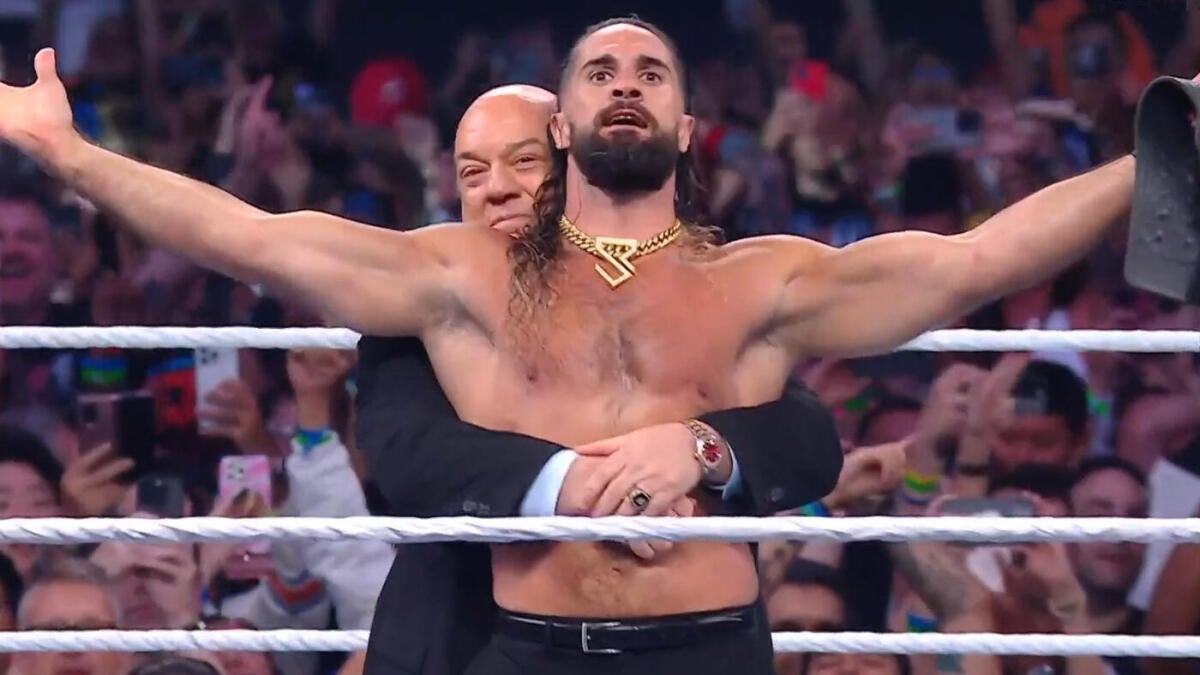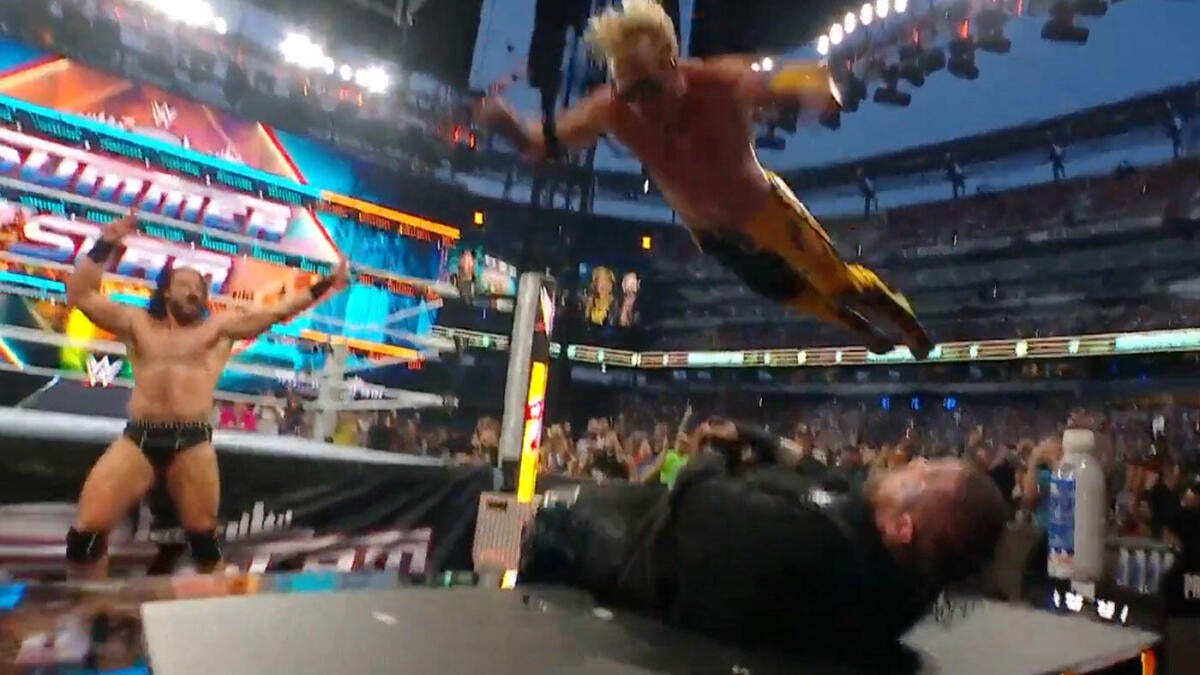“`markdown
The upcoming Geneva meeting between U.S. and Chinese officials isn’t just another diplomatic handshake—it’s a high-stakes gamble that could redefine global trade. With tariffs soaring and tensions simmering, this neutral-ground negotiation might be the last best chance to avert a full-blown economic cold war. Here’s why this meeting matters, who’s calling the shots, and what could happen next.
Why Geneva? The Art of Diplomatic Theater
Switzerland’s neutrality isn’t just symbolic; it’s strategic. By choosing Geneva, both nations signal a temporary ceasefire in their public posturing. The city’s legacy of hosting historic accords—from nuclear deals to humanitarian pacts—adds psychological weight. For two superpowers locked in a tariff arms race, the venue offers a face-saving exit ramp: neither side “loses” by compromising on neutral territory.
The Tariff Tinderbox
The numbers tell a grim story:
– U.S. tariffs on Chinese goods: Up to 145% (including punitive measures on steel and tech)
– China’s retaliatory tariffs: 125% on key U.S. exports like soybeans and aircraft
This isn’t just about trade imbalances—it’s a battle for economic supremacy. The U.S. aims to curb China’s manufacturing dominance, while China seeks to fracture American alliances in Asia. Geneva’s table will test whether either side can trade pride for pragmatism.
—
The Negotiators: Profiles in Power
U.S. Delegation: The Pragmatist and the Hardliner
– Scott Bessent (Treasury Secretary): A Wall Street veteran who speaks the language of markets. His playbook? “Controlled de-escalation”—small concessions to avoid market panic.
– Jamieson Greer (Trade Representative): A legal bulldog who drafted the original tariff lists. His presence ensures Trump’s “America First” red lines aren’t crossed.
China’s Chess Move: He Lifeng
As China’s economic czar, He Lifeng embodies Beijing’s dual strategy: project openness while guarding “core interests.” His recent speeches hint at flexibility on tech transfers—a possible olive branch—but only if the U.S. eases semiconductor bans.
—
The Dealbreakers and Dream Scenarios
What’s Negotiable?
What’s Off-Limits?
– U.S. demands: No retreat on blocking Chinese access to advanced AI chips.
– China’s line: No concessions on subsidies for state-owned enterprises.
—
Three Paths Forward
1. The Miracle Consensus (10% Probability)
A grand bargain: Tariffs halved, joint tech working groups formed, and a 2025 deadline set for IP reforms. Global markets surge 5% overnight.
2. The Fragile Truce (60% Probability)
A nebulous “commitment to further talks” with minor tariff tweaks. Stocks wobble as analysts parse the fine print.
3. Collapse and Chaos (30% Probability)
Public recriminations, followed by new U.S. bans on Chinese EVs and Beijing seizing American assets in Hong Kong. Commodity prices spiral.
—
The Ripple Effect: Who Gets Hurt?
– Europe: Already reeling from energy wars, the EU faces collateral damage if U.S.-China trade plummets further.
– Emerging Markets: Vietnam and Mexico—beneficiaries of supply chain shifts—could see investment dry up if tensions ease.
– Tech Giants: Apple, Tesla, and Nvidia are hostages in this fight. Their supply chains hang on every word from Geneva.
—
Conclusion: The High-Wire Act
This isn’t diplomacy—it’s economic judo. Both sides need a win but can’t afford to look weak. The likely outcome? A carefully staged “progress” with enough ambiguity to let both claim victory. Yet beneath the photo ops, the cold war continues. Geneva won’t end the conflict—it’s just resetting the battlefield.
The world’s wallets are watching.
“`







